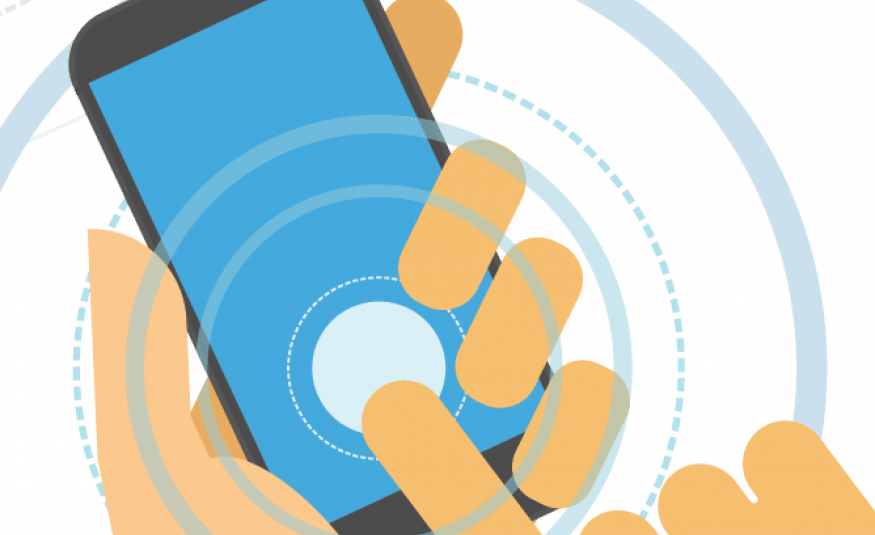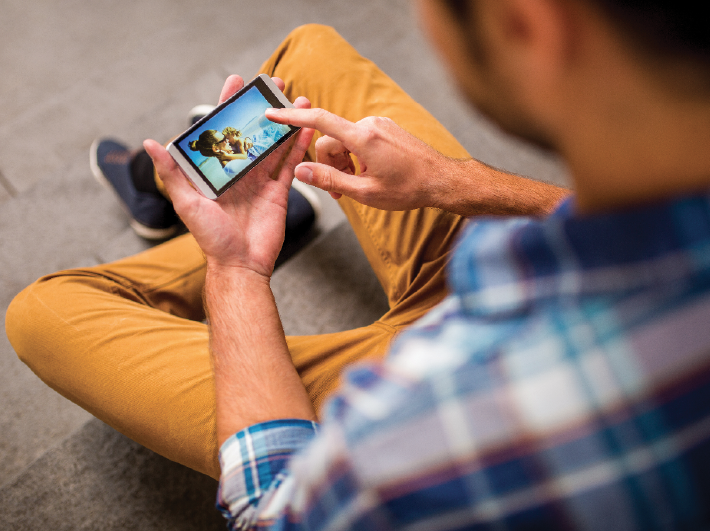Trade shows will eventually embrace machine learning, says Konduko CEO Matt Harris
In case there was any doubt, we’re living through the most technologically disruptive era in all of human history. Developments in AI, robotics, and crypto-currency are radically remaking the world as we know it, ushering in autonomous vehicles, previously unimaginable medical breakthroughs, and agricultural productivity that will one day feed the world.
At the same time, we’re living in increasingly information-intensive times, with more and more news, information, content, and commentary competing for our attention. Using machine learning and pattern-recognition software to sift through this avalanche of information and deliver us recommendations based on our likes and dislikes has been the key to success for some of the world’s biggest digital brands: Netflix, Amazon, Spotify, YouTube, and Facebook, just to name a few.
These companies have created immense value in a relatively short time by using profile-based recommendation engines to help customers shortcut their way to finding and consuming more of the product they like – whether that be spy thriller novels or obscure anime videos or art-house period dramas. The more you use the services these companies provide, the more data they collect on you, the deeper the profile that’s built, and the more accurate the recommendations they can make.
This behaviour-driven profile generation is why dating has moved out of bars and onto your mobile phone, with apps like Tinder, OkCupid, and Bumble. All that swiping left and right lets the machine refine its algorithm and serve you (hopefully) only the profiles of people you might actually want to meet IRL.
That’s all very interesting, I hear you say, but what does this have to do with trade shows? To answer that question, let’s get back to the basics of why people – even in this incredibly online and connected world – still physically go to exhibitions and events in record numbers. They go to meet people, learn things, and buy stuff.
Every visitor to a trade show – from the seasoned campaigner who knows exactly who they want to meet, to the ‘casual shopper’ there to soak up inspiration – will, by virtue of the limitations of time and the mainstay tools of events (visitor guides and way-finding signs), see just a fraction of the offering available to them. In addition to missing out on making potentially valuable in-real-life connections, they are also likely to stumble into a few frustrating dead-end meetings that turned out not to be a waste of their time.
If you think about it, the missed connections and “sorry, you’re not quite my type” trade show time suck is fairly reminiscent of the dating world. In the same way that behaviour-driven insights have been successful at bringing people together on Tinder, it can also be used to bring people together at exhibitions and events too. There is an array of permission-based technologies already collecting data about trade show visitors, including mobile beacons and networking apps, smart readers, and social engagement tools, that could be used to feed you recommendations on where to go and who to meet. Saving you time and making your trade show much more efficient and productive.
Imagine for a minute that you’re a trade show visitor visiting a big energy show. There are half a dozen halls, 2,500 exhibitors, and you have three days to find a vendor that can help you with a renewable energy project you’re working on. You might have two or three companies on your radar that you want to meet, so you start with them and hope to stumble on to some others that will make your visit worthwhile.
Within a few hours, thanks to some kind of live engagement technology the event organiser gave you when you arrived, you’ve started to build a data profile – where you’ve been, who you met with, how long you stayed, and where you went next. From this data, the machine is learning what interests you. It’s also comparing your real-time behaviour with the real-time behaviour of people that seem similar to you, and it feeds you back a set of personalised recommendations to (let’s assume) your mobile device, on where to go and who to meet next. In this way, the event is no longer a black box, but an intelligent organism that’s actively refracting possibilities through the prism of your own behaviour.
The benefits of data-driven curated recommendations extend beyond a more efficient and targeted visitor experience. For exhibitors the result is that they get to see more qualified prospects and have visitors funnelled to them that might not have otherwise discovered them. For event organisers, they have a deep vein of insight they can mine to help them plan next year’s show.
It’s our prediction that behaviour-based recommendations will improve visitor and exhibitor satisfaction, increase average visit times, and potentially create the means to extend the event into a post-show marketplace. It’s not inconceivable that organisers could offer a premium post-show match-making service using the data they’ve generated from the trade-show floor.
This last point is important because value-adds create exhibitor stickiness and brand differentiation. They also help to overcome the inherent limitations of pre-show registration data, which is that: what people tell you they’re interested in months before the event often bears little resemblance to what they actually did and saw once they got there. Behavioural insights and real data will trump self-reported preferences every time, and the ability to capture and use that data in real-time is what will build better outcomes for visitors, exhibitors, and organisers alike.
As I said above, this kind of future for the events industry is right around the corner. The technology already exists and the world has moved so squarely to using recommendation engines and machine learning in our everyday lives, that it’s just a matter of time before the events and exhibitions industry catches up.







